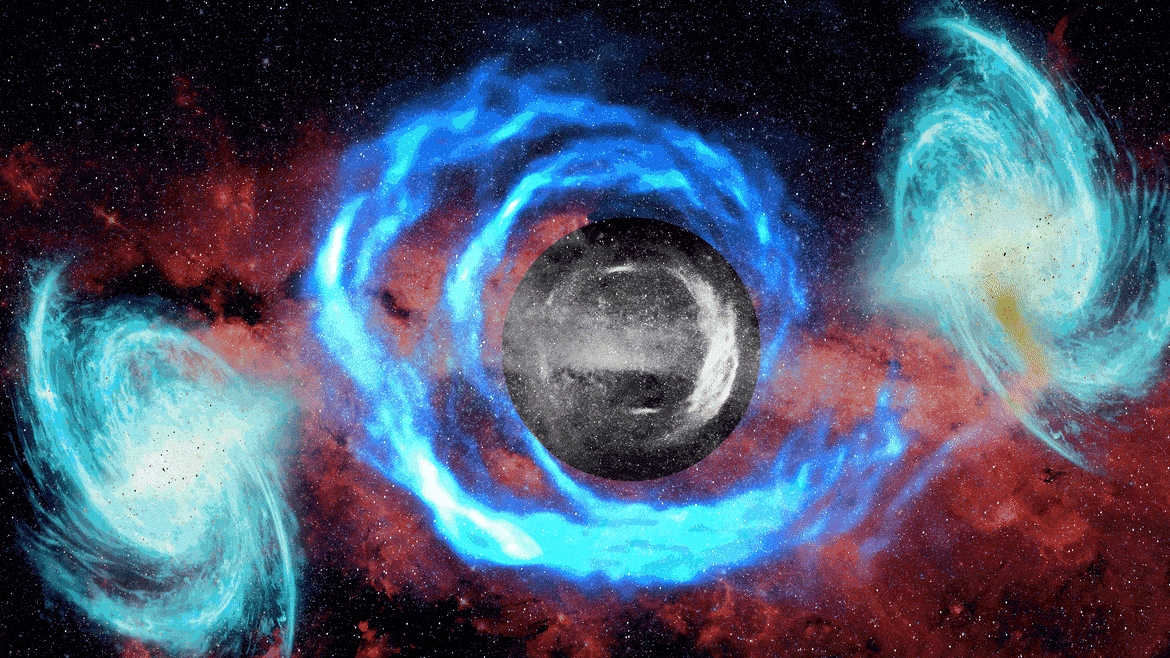Photo Illustration by Kelly Caminero / The Daily Beast / Getty
To understand that the Milky Way galaxy isn’t a uniform structure, all you have to do is look up at the night sky and find the constellation Sagittarius. From our point of view here on Earth, the stars are thickest in the middle bulge of our spiral-shaped galaxy—a bulge that’s visible as a smear of starlight behind Sagittarius. That’s the “milk” in “Milky Way.”
But it’s not just galaxies that have texture like this. The whole universe does, too. There are areas that are thick with galaxies and home to huge concentrations of mass and energy, and there are areas where galaxies are sparse and things seem as desolate as you can get. The latter, so-called “voids,” are special—and could hold clues about the forces that shape, well, everything.
Voids contain just a few galaxies that are relatively pristine, unaffected by neighboring galaxies. “Void galaxies are therefore a natural laboratory for us to observe how isolation affects galaxy development, and possibly one of the best ways to do so,” Lori Porter, a University of Louisville astronomer, told The Daily Beast.

